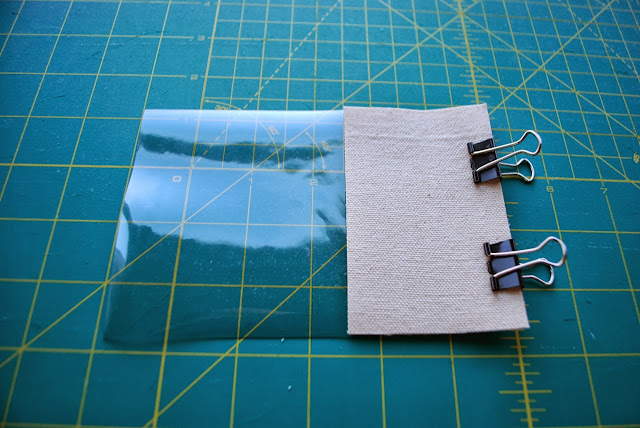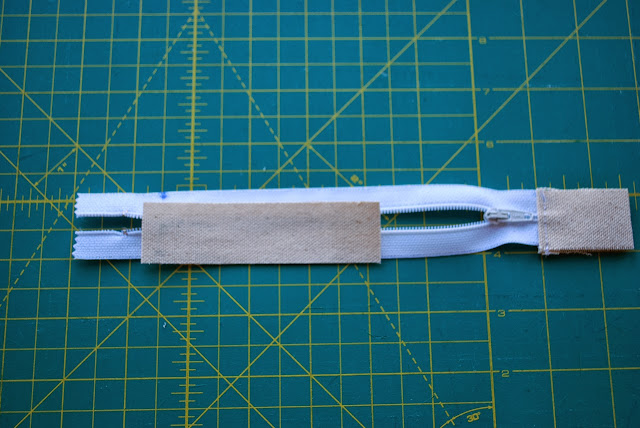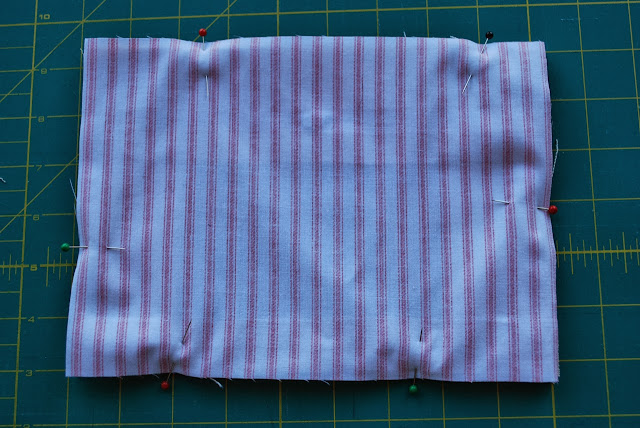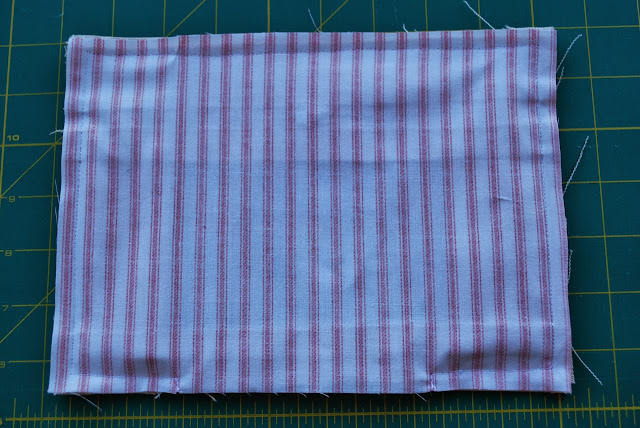A picture of an adorable collection of crocheted baby mary janes and sandals was circulating the internet last month, and several people brought it to my attention. One of my old high school honor band and band camp buddies, Erin (she has the best name!), asked if I could crochet a pair of the frog shoes for her seven-month-old niece, so I tried to find the source of the picture and locate a pattern. As far as I could tell, the picture was just showing shoes for sale-- not a pattern. So, I decided to come up with a pattern of my own. Voila!

Ok, I'll be honest-- these were my second attempt. The first ones turned out WAY too large. I had looked up the average shoe size of a 9-month-old, but somehow it still all went wrong. The only good part of it is that now I have made up patterns for two different sizes of the same shoes! Not sure who would fit in the bigger ones-- maybe an 18-month-old? Gotta see if I can locate some of my little buddies from playgroup to try on the shoes. I will try to find the time to type the larger-sized shoe pattern up and post it.
If anyone uses my pattern, please let me know how it goes! I'd love to see how yours come out! Either leave a comment on here or post your project on Ravelry and link to the pattern.
To download the free crochet pattern in a pdf file, click here.
Materials Used:
- US - F/5 hook (3.75mm)
- Yarn needle
- Red Heart Super Saver Yarn (acrylic, worsted weight) in white, green, red, and black
- Small shank buttons (not sure what size-- they were from my stash)
- Pleather (for sewing onto the soles)
- Sewing needle and black thread (for sewing pleather on soles)
Stitches/techniques/abbreviations used:
- st (stitch)
- ch (chain)
- sl st (slip stitch)
- sc (single crochet)
- hdc (half-double crochet)
- dc (double crochet)
- sc inc (two single crochets in the same stitch)
- sc dec (wongle crochet two stitches together)
- hdc inc (two half-double crochets in the same stitch)
- hdc dec (half-double crochet two stitches together)
- dc dec (two double crochets in the same stitch)
- Rd (round), Rds (rounds)
- Join (join with slip stitch to the first stitch of the round)
- Magic Circle (YouTube has great tutorials; you can also just chain 2 and work the number of stitches in the second chain from the hook)
- Working in the “loop behind the back loop”: check out the great tutorial in the pattern at
http://www.ravelry.com/patterns/library/crochet-baby-converse. Alternatively, you could just work in the back loop only of the previous round, but it won’t leave a nice border.
Note: Shoes are worked in joined rounds; do not turn work unless instructed to do so.
Basic Shoe:
(with white yarn)
Rd 1: Ch 13, turn; skip first ch, 6 sl st, 5 sc, 3 sc in last ch, rotate 180 degrees; working down the other side of the chain, 5 sc, 6 sl st, join. (26)
Rd 2: Ch 1, sc in joining st, sc inc, 10 sc, 3 sc inc, 10 sc, sc inc, join. (32)
Rd 3: Ch 1, sc in joining st, 2 sc inc, 8 sc, 2 hdc, 2 hdc inc, 2 sc, 2 hdc inc, 2 hdc, 8 sc, 2 sc inc, join. (40)
Rd 4: Ch 1, sc in joining st, 3 sc inc, 12 sc, 3 sc inc, 2 sc, 3 sc inc, 12 sc, 3 sc inc, join. (52)
Rd 5: Working in loop behind back loop (see note above): Ch 1, sc in joining st and around, join. (52)
Here’s a close-up picture of the sole:
Rds 6 & 7: Working in both loops (throughout rest of pattern): Ch 1, sc in joining st and around, join. (52)
Rd 8: Ch 1, sc in joining st, sc dec, 18 sc, hdc, 4 dc dec, hdc, 18 sc, sc dec, sc, join. (46)
Rd 9: Ch 1, sc in joining st, 18 sc, 4 dc dec, 19 sc, join. (42)
Rd 10: Ch 1, sc in joining st, 16 sc, sc dec, 4 sc, sc dec, 17 sc, join (40)
Finish off and weave in all ends.
Strap for Right Shoe:
(with white yarn)
Row 1: Count 30 stitches from where you just finished off, join with sc (to work backwards toward the heel), 21 sc. Ch 19, turn. (22 sc and 19 ch)
Row 2: Skip first st, sc 18 down chain and then 22 sc around shoe. (40)
Row 3: Ch 1, turn; 32 sc, ch 2, skip 2 st, 2 sc, ch 2, skip 2 st, 2 sc (button holes made). (40)
Row 4: Ch 1, turn; 40 sc.
Finish off and weave in all ends.
Strap for Left Shoe:
(with white yarn)
Row 1: Count 11 stitches from where you just finished off, join with sc (to work backwards toward the heel), 21 sc. Ch 19, turn. (22 sc and 19 ch)
Rows 2-4: Work the same as for the strap for the right shoe.
Hand sew shank buttons on with needle and thread. Cut pleather soles by tracing around the soles of the crocheted shoes. Hand sew pleather soles onto bottom of crocheted shoes using a needle and thread.
Frog face:
(with green yarn)
Rd 1: Ch 8, skip first 2 ch (counts as first hdc), 5 hdc, work 5 hdc in the last ch, 5 hdc, work 4 hdc in next ch, join to top of first hdc.
Rd 2: Ch 1, sc in joining st, 6 sc, 2 sc inc, 7 sc, 2 sc inc, join.
Eye #1:
Row 1: Ch 1, sc in joining st, sc, sl st. Do not finish off.
Row 2: Ch 1, turn; sl st, sc, sl st. Finish off.
Eye #2:
Row 1: Skip 2 st between eyes and join with sl st; sc, sl st.
Row 2: Ch 1, turn; sl st, sc, sl st.
Finish off leaving long tail to sew onto shoe (but not until after you have attached eyes and embroidered mouth). Weave in all other ends.
Frog eyes:
(with white yarn)
Magic circle 4 sc; join with sl st and leave long end for sewing to face.
***
At this point, you’re done with all the crocheting and just need to sew. Attach eyes to face. Embroider pupils onto eyes by just knotting black yarn a couple of times and threading the ends through to the other side. Alternatively, you could also sew on beads for the pupils. Embroider the smile (hopefully a little better than I did—I’m not the greatest at sewing mouths). Attach finished frog face to the front of the sandals and work in all the ends.






























































